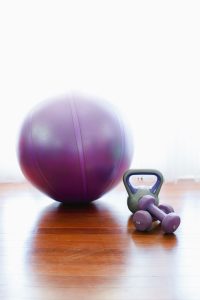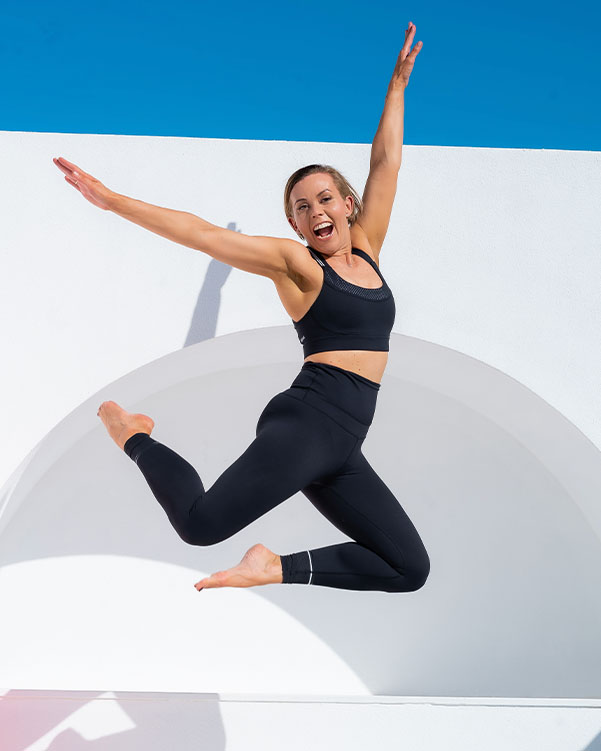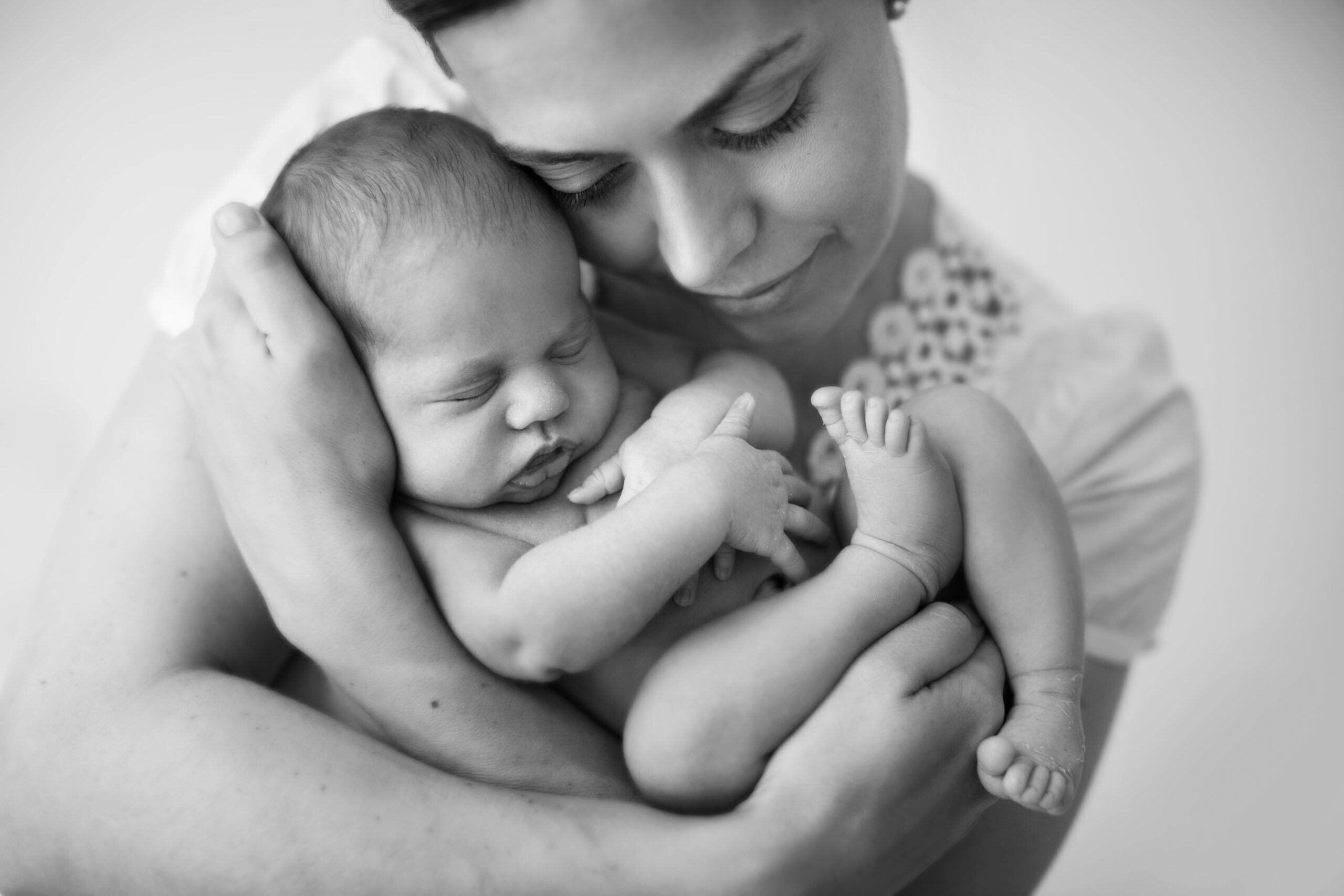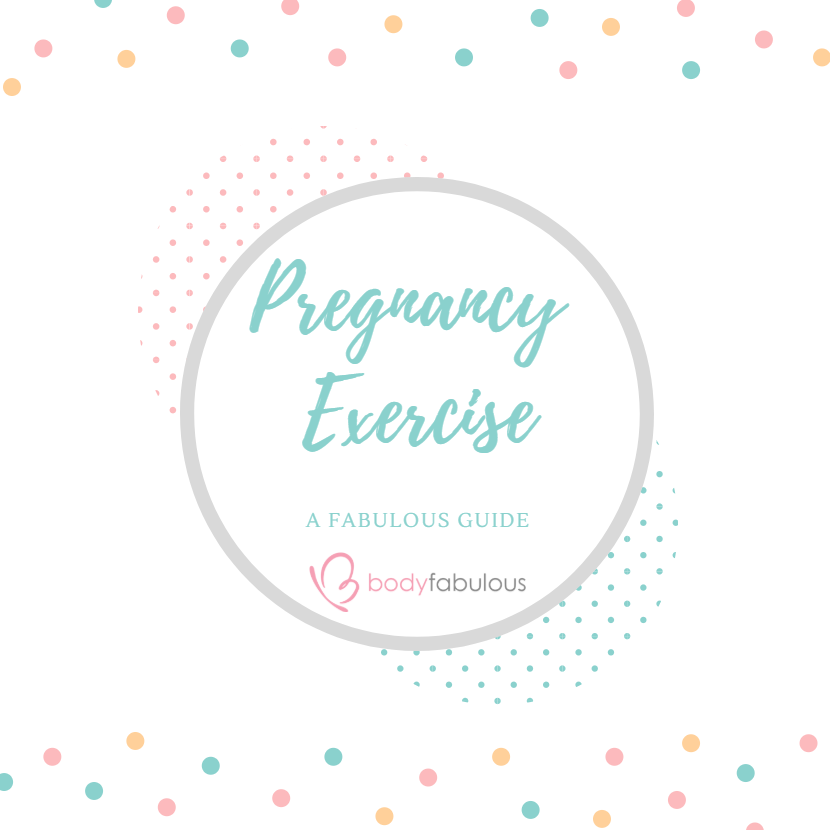Is a question I am often asked. I think it is very important for women to know that everybody’s fitness levels are different and every day during pregnancy your energy levels can be different.
Some day’s walking and light activity might be more than enough for some expecting mums. Where as some pregnant women are used to high intensity exercise and lifting weights – so there is no reason why they can’t continue to train like this during pregnancy if the correct modifications are made.

How often and what should I be doing ?
When I first became pregnant, although I was a certified Group Fitness Instructor and Personal Trainer with over 15 years experience, I was really confused about what exercises I could and couldn’t do during and after pregnancy and also how often I should be exercising. I really wanted to maintain my current fitness regime but I also wanted to know how to modify safely and effectively, so I become Certified in Pre and Post Natal Fitness and had the privilege of being originally trained in Melbourne by Preggi Bellies founding Physiotherapist Lauren Gabriel.
The key things I learned …
Try to exercise at least twice a week.
Why ? As during pregnancy there is a hormone released in your body called Relaxin. This hormone reaches peak levels at around 14 weeks and remains at this level until after birth. Relaxin softens the joints and ligaments in preparation for birth. This can also make you more prone to injury from sporadic exercise, for example exercising once a week or once a month. By creating some consistency with your exercise program in a safe environment you can build on each week and achieve the best possible outcome for you during your pregnancy. I say to all my clients the hardest part is getting here ! You always feel great afterwards so try to keep up the consistency.
You don’t need to monitor your heart rate.
There was a previous standard for pregnancy exercise of a heat rate of 140 beats per minute. This old standard has been abolished by ACOG as for some women a heart rate of 140 beats per/min may be too intense, yet not challenging enough for others. Especially if you were very active before pregnancy most can work out at a good intensity during, so if you feel comfortable raising your heart rate don’t be afraid too.
Grab my FREE Fabulous Guide to Pregnancy Exercise.
Use the talk test
This means, instead of monitoring your heart rate during pregnancy, when you are working out you should still be able to carry on a light conversation – meaning at least a couple word sentences. If you are getting breathless & can hardly speak, then this is a good indicator that you are probably working out too hard. Above all remember …
Always listen to your body
This is the BEST advice anyone could give a an expectant mum !
I teach all my clients to connect with the right muscles (not just going through the motions) when working out, it makes every exercise more effective, plus it helps women become more in-tune with their bodies and better prepared for birth. This is not only advice if you are pregnant but for all women. Never forget we usually have an “intuition” or “gut feeling” of when something is off or just not right….so trust in that – if it doesn’t feel right. Don’t do it !

Fit Balls are awesome.
As mentioned above, during pregnancy your ligaments and joints become very lax due to the hormone relaxin. This means you can be little more prone to injury if you move incorrectly or over-stretch. Particularly around your hips and lower back / sacroiliac joints. I use medical grade fit balls with all my clients, to help stablise your lower back and hips plus gently activate your core. This stabilisation keeps everything in better alignment and helps prevent pelvic pain and other aches creeping in and also protects your pelvic floor.
This support only works though if a good quality Fitball is inflated firmly so your hips are higher than your knees. Safe Cardio and functional movements can be done on the fitball with the supervision of a Certifed Pre/Post Natal Trainer as well as safe and effective resistance training.
Don’t Give Up. Change your Routine.
Nothing prepares you for the tiredness you feel during pregnancy, especially during the first trimester. If you are feeling nauseous and exhausted during the first 12 weeks don’t put too much pressure on yourself to continue or start an exercise routine, as you are going through some rapid physical and mental changes. Instead start with some light movements, gentle exercise – this could simply be swimming or focusing on breathing and pelvic floor exercises.
Then when you are ready find an exercise you think you will enjoy and can stick too. Grab my FREE Fabulous Guide to Pregnancy exercise to give you some ideas on what what you can do to start your pregnancy exercise journey.
Oh and please don’t think you are “unfit’ now that you are pregnant. Feeling breathless is completely normal when you do simple tasks like walking up a small flight of stairs. As your blood volume has increased, your blood vessels have expanded and your heart is working harder to pump your blood full of nutrients around your body and to your baby.
Do you have any other questions ? Contact me or post something in my #BFabSquad and together we can start your healthy pregnancy journey.

About Dahlas
Dahlas Fletcher is one of Australia’s most respected and successful certified and experienced Pregnancy and Female Fitness Trainers. Her goal is to help you be the happiest, most fabulous version of yourself, inside and out.




